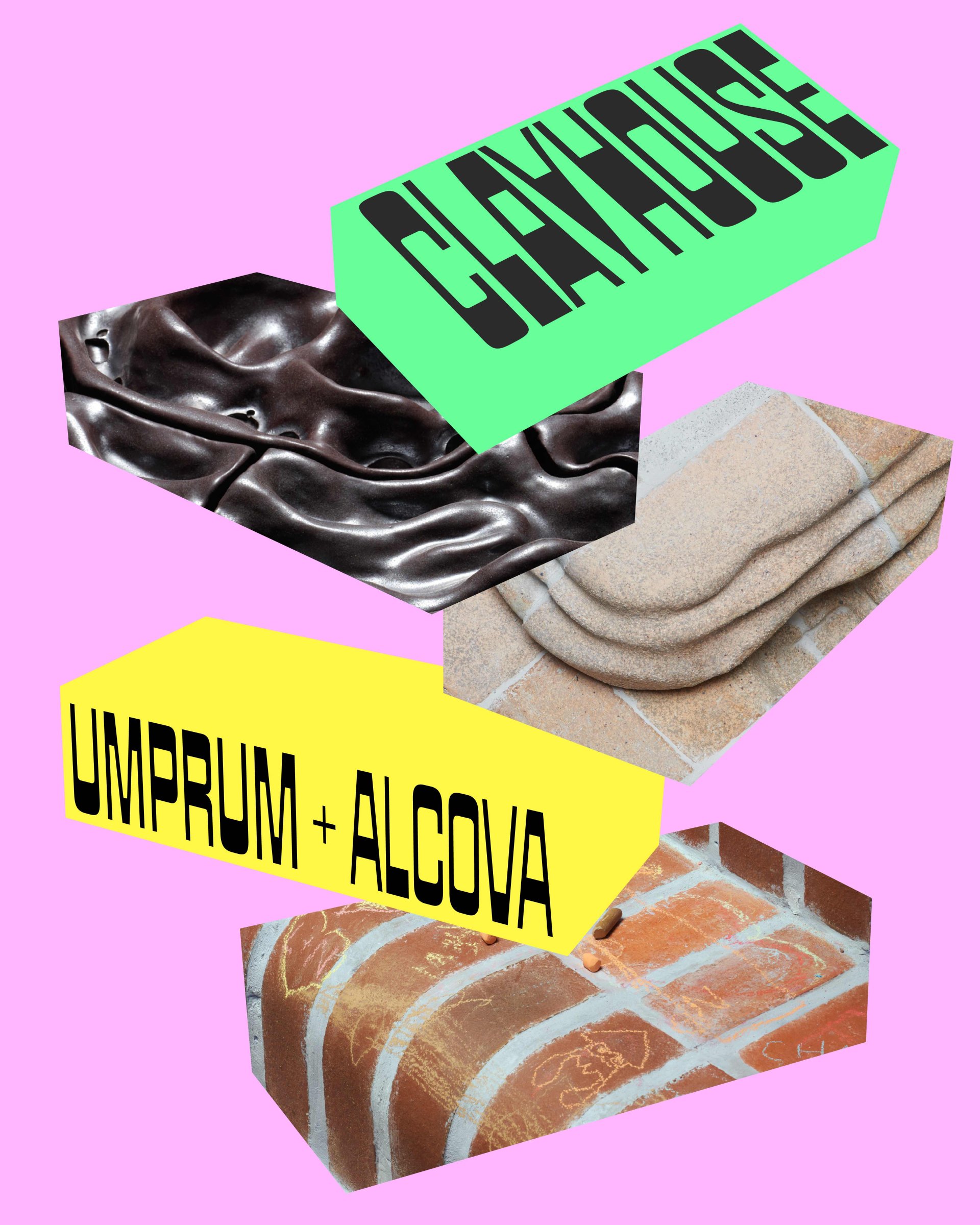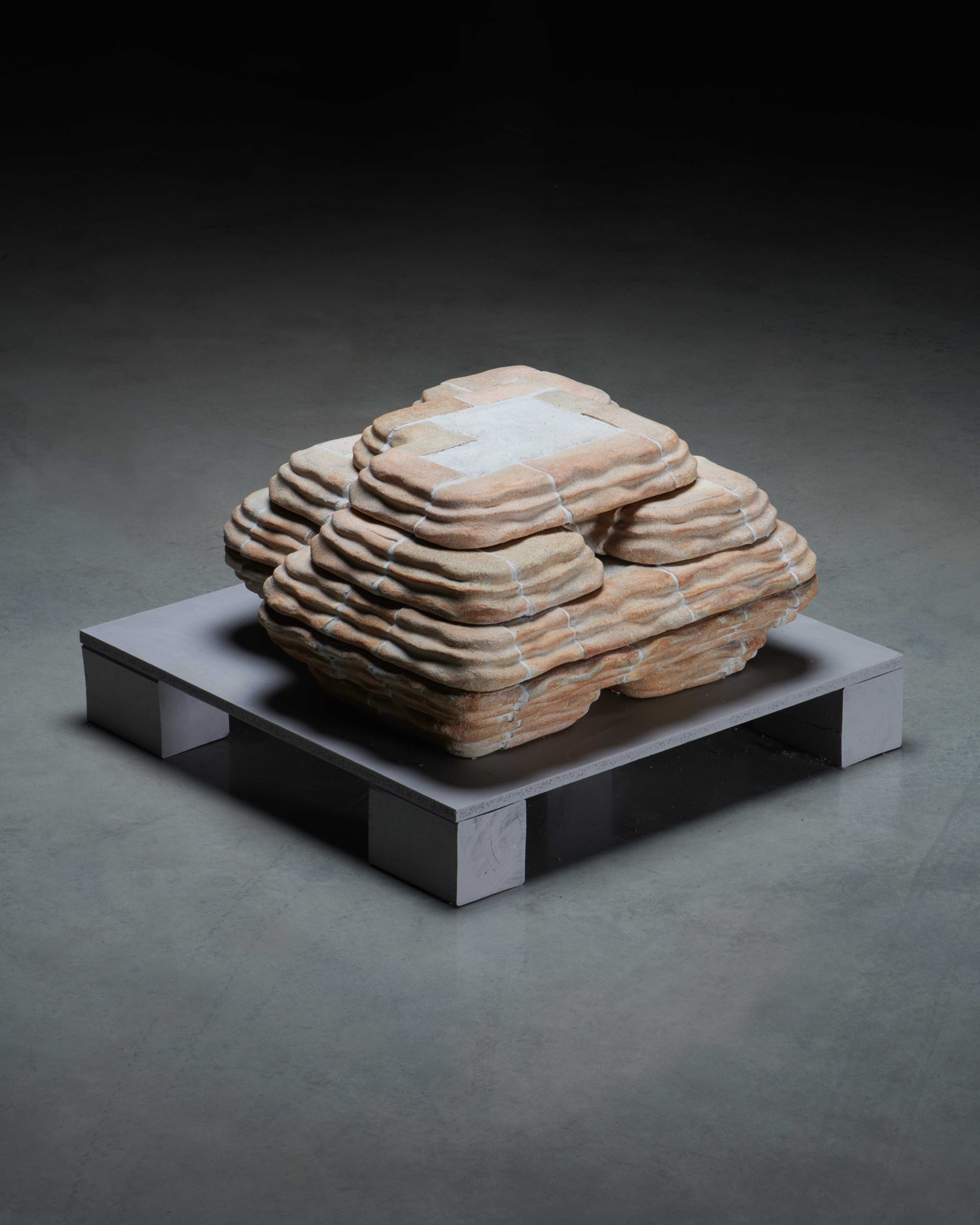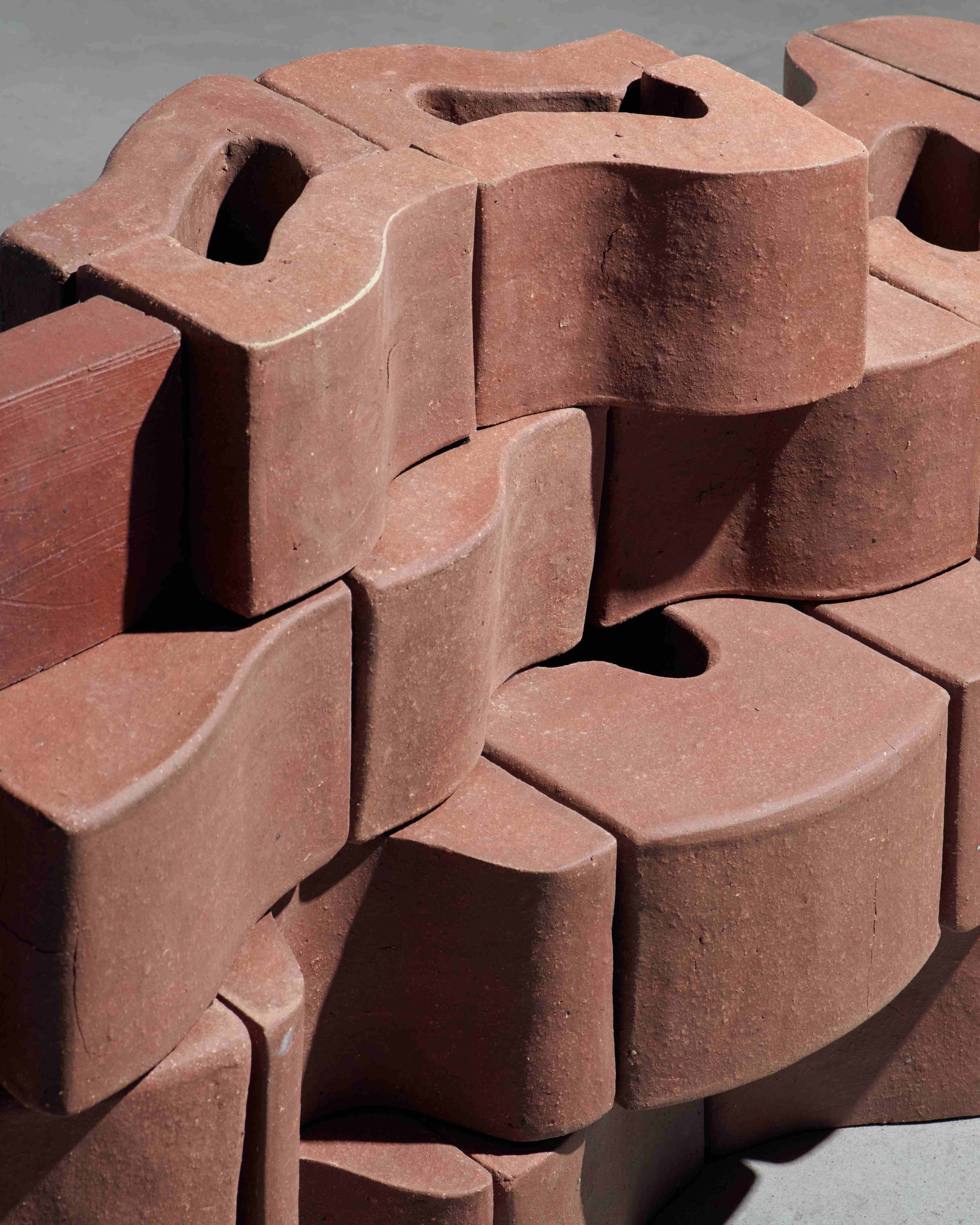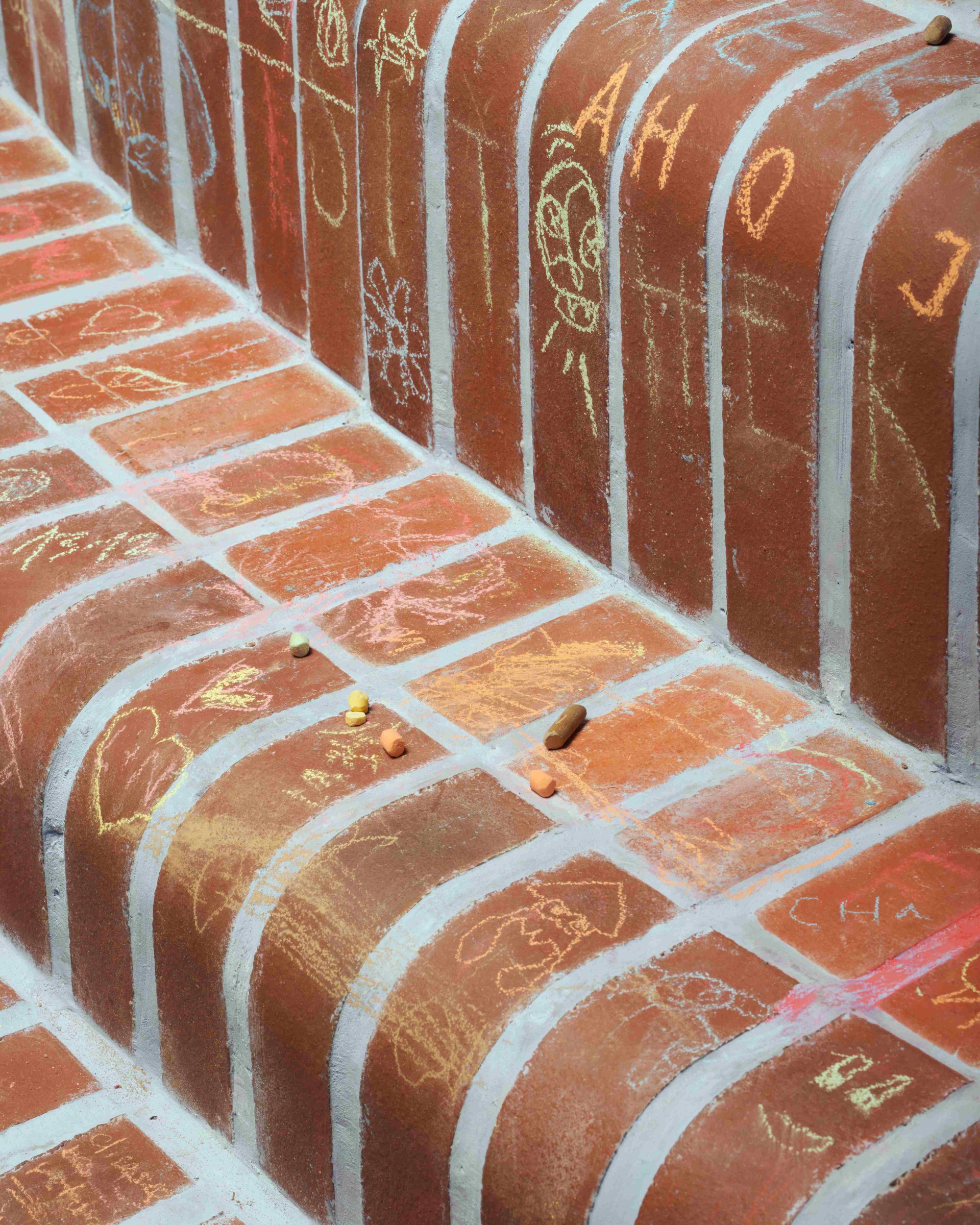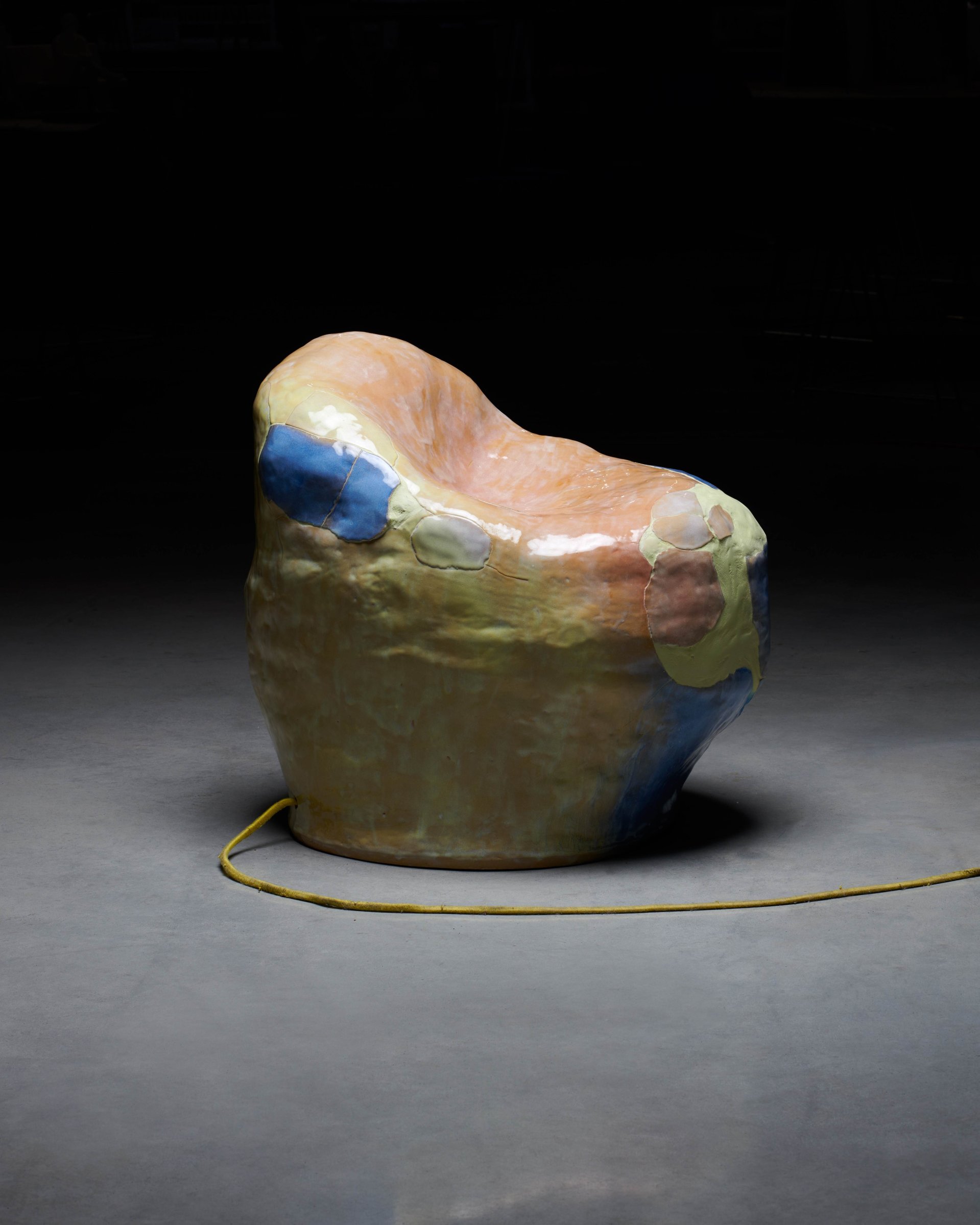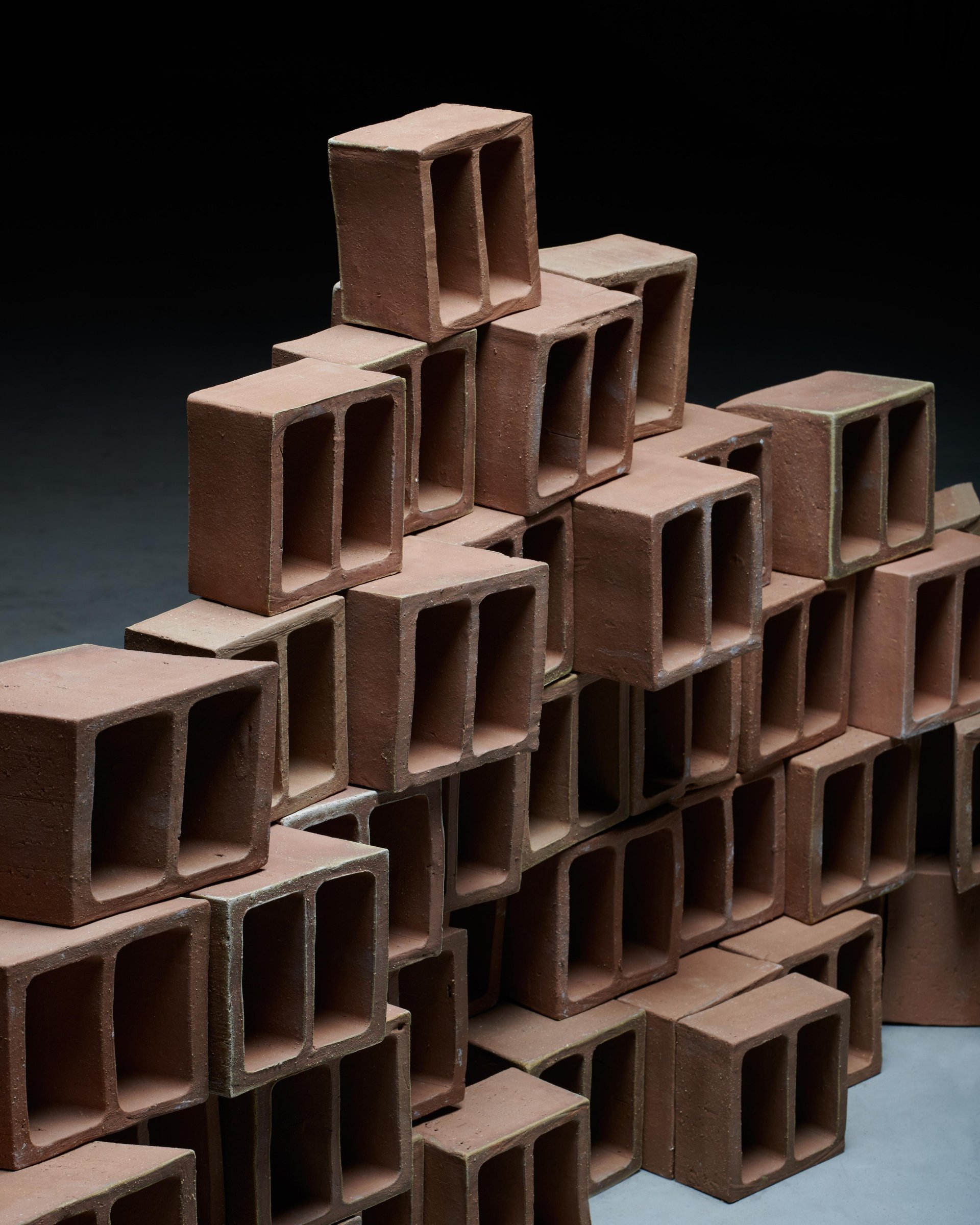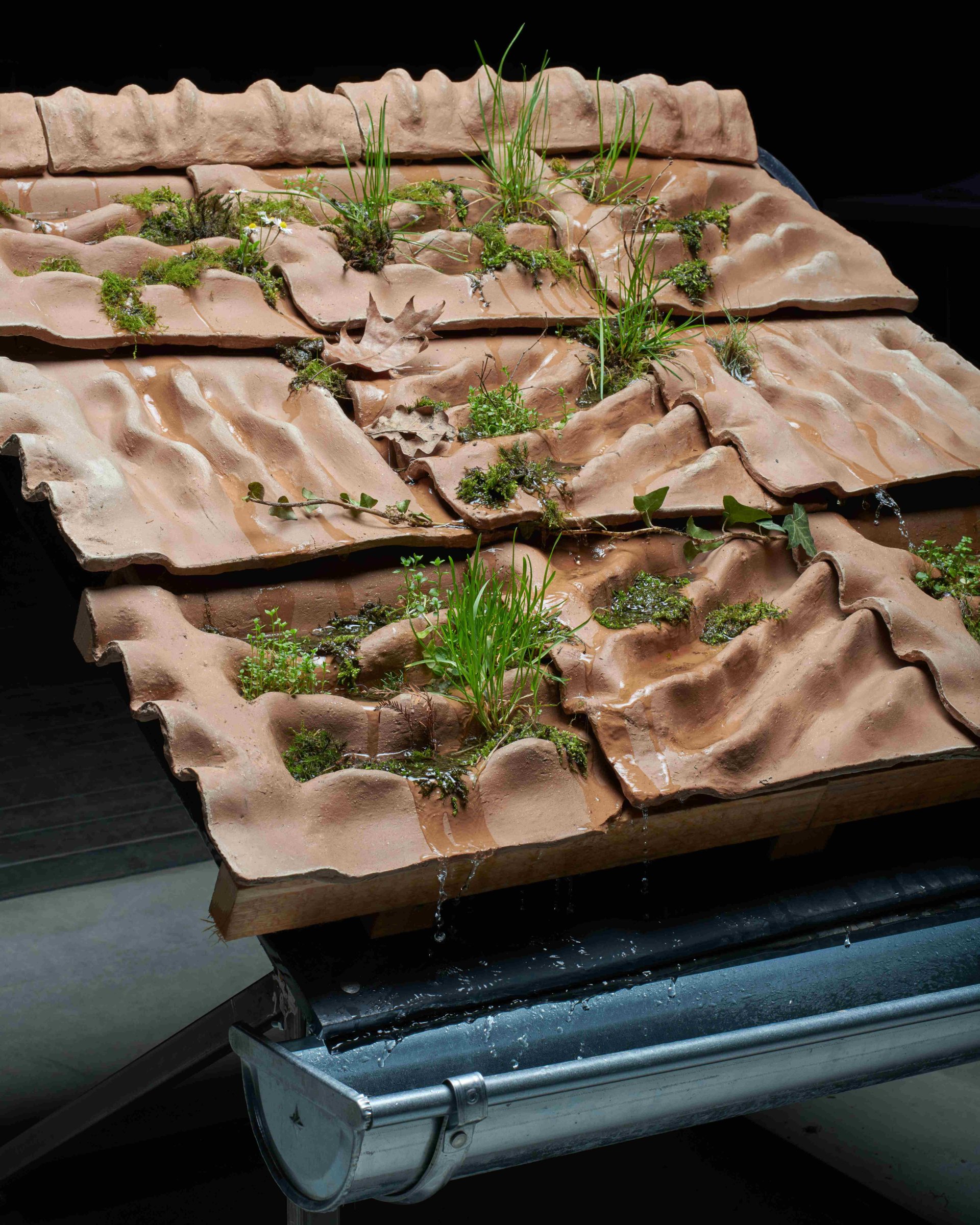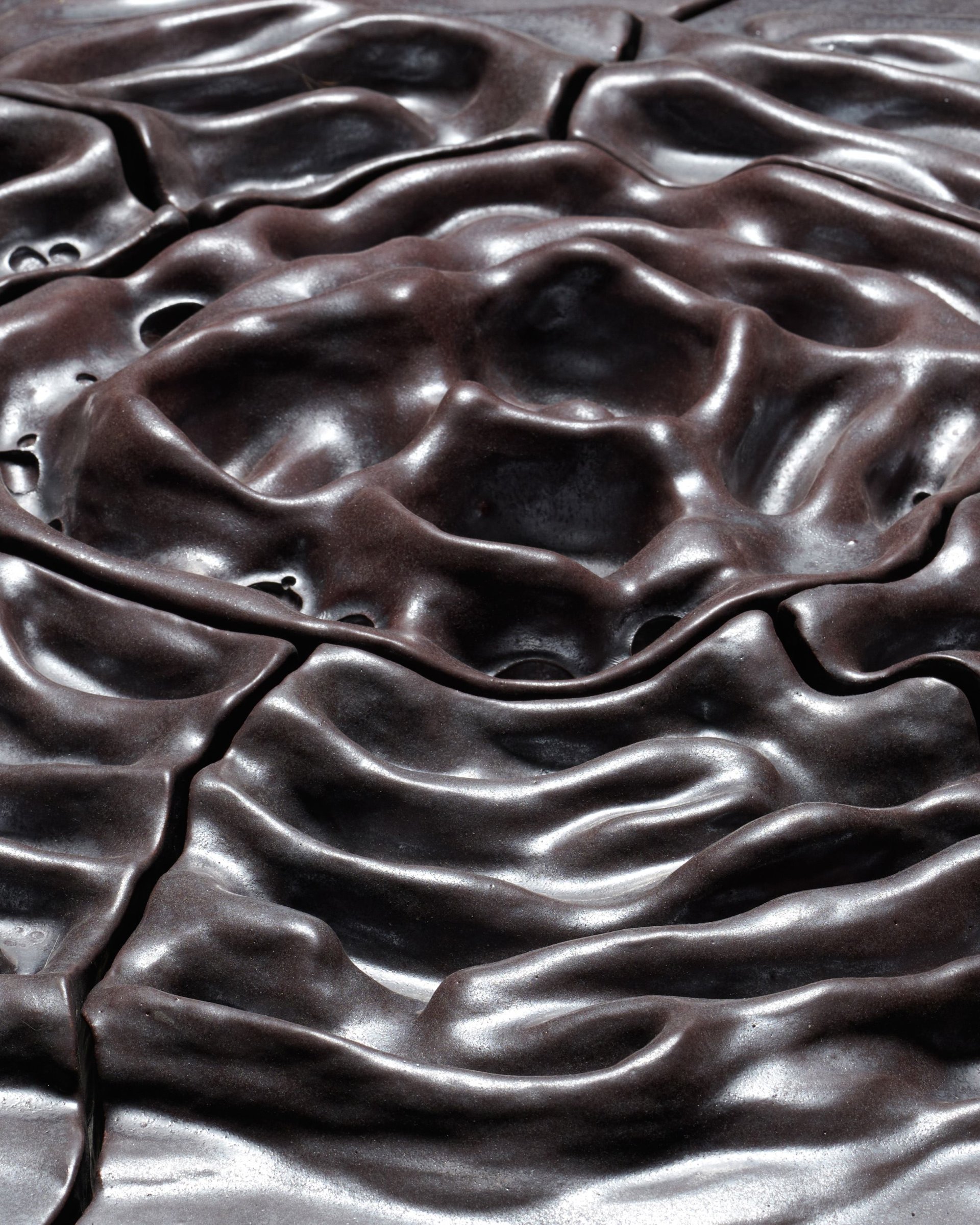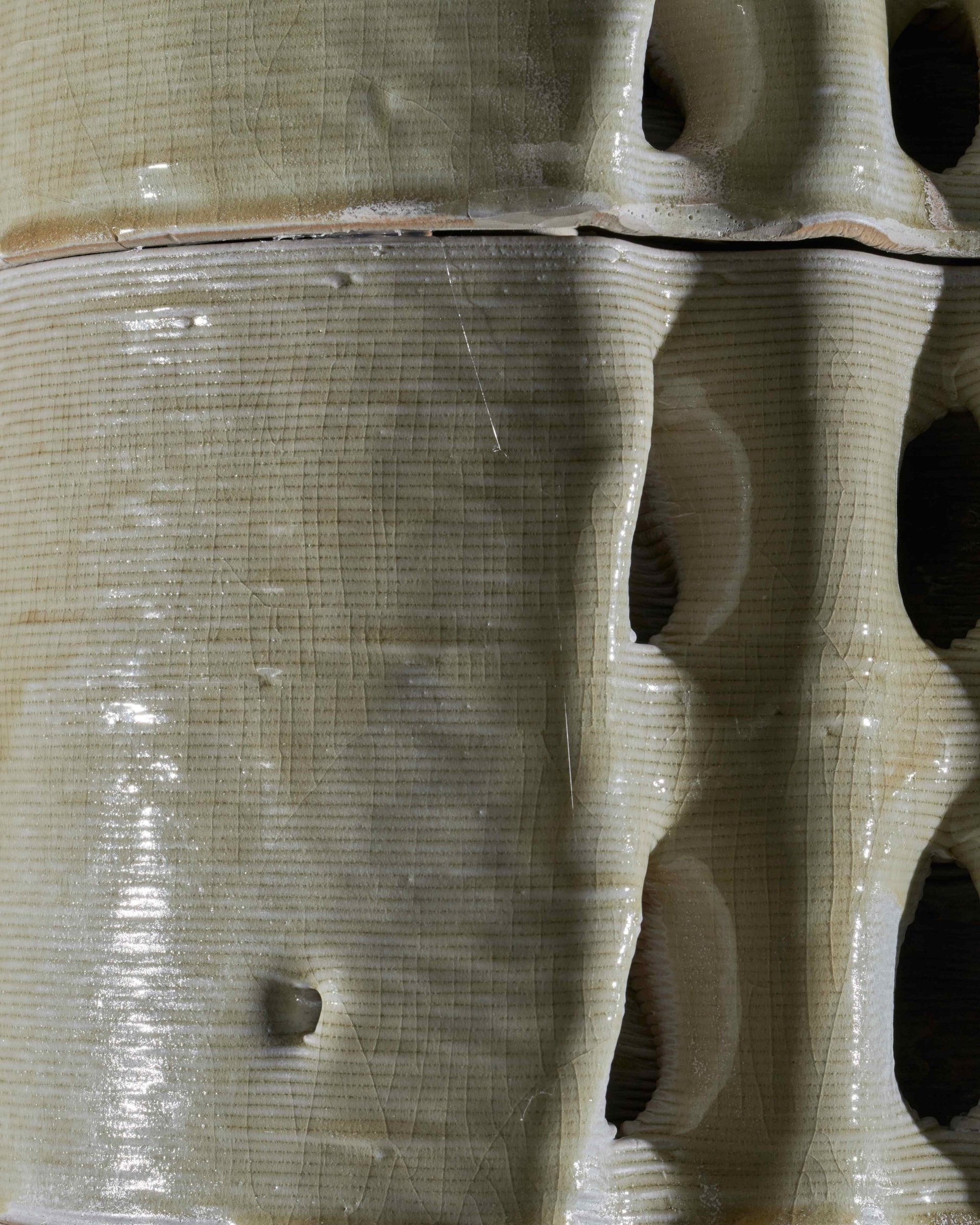7.-13. 4. 2025
Milan Design Week, Alcova, Villa Bagatti Valsecchi / A7, Via Vittorio Emanuelle II 48, Varedo, Italy
Students of the Studios of Ceramics and Porcelain and Architecture III at UMPRUM will present their joint project Clay House at this year's Milano Design Week as part of the Alcova exhibition platform. The project is based on the reflection of materiality in a living space where ceramics traditionally used in the form of bricks, tiles, or bathroom fixtures, but here at the same time, there is room for innovative uses of the material.
The Clay House project was created as a dialogue between two disciplines: "The collaboration between ceramics and architecture students has brought a new perspective on the use of ceramic materials in the architectural environment. Architects brought experience in scale and spatial planning to the project, while ceramists contributed a deep knowledge of the material and its processing techniques. This led to the discovery of different forms and functions of ceramic elements," says studio heads Milan Pekař, Tereza Sluková and Imrich Vaško, and Shota Tsikoliya.
The main objective of the project is to explore the possibilities of using ceramics in architecture about the specific properties offered by this material. Students worked in groups to analyze individual architectural elements such as a wall, a roof, a column, and a heat or water source. The interconnection of these parts creates a unique ecosystem of the house similar to a living organism. The ceramic columns, as the backbone of the architectural body, support the building, the walls serve as a skin or protective membrane, and other functional elements supply the house with the necessary nutrients.
In the spirit of the saying "My house, my castle", a building evoking an archetypal castle on the Palladian plan of the Villa Rotonda in Vicenza with four towers will be presented at Milan Design Week. All the functional components of the building are the result of student collaboration. Ignis a ceramic liquid ethanol-fueled fireplace forms the symbolic and real center of the home. Breath, a series of seemingly simple perforated "fence bricks," serves as both a functional and aesthetic element. Designed with strategic depth and angles, these bricks provide essential shading and illumination while acting as a privacy screen to obscure unwanted views. The individual walls will be further enhanced by complementary segments that integrate seamlessly with this design. Relief ceramic tiles solve the increasing warming in historic town centers. Their main function is to trap water and provide conditions for the growth of emergent greenery to provide natural cooling. An innovative approach is common to all the works. This is perhaps most noticeable in the 3D-printed Vertebra column, which is inspired by the human spine and represents the use of contemporary digital technologies in the design and production of ceramic elements.
All projects were developed in cooperation with Cihelna Kadaň a.s., which provided both production facilities and expert consultations. Mutual cooperation should not remain unchallenged in the future, because some student projects have shown that even mass production of bricks can be used innovatively. For example, the poetic playground Clay Ground purposefully utilizes the company's existing products. The Structura project aims to expand the brickyard’s current range by introducing several new types of bricks, which not only enhance the functionality of wall design but also significantly improve its aesthetic and structural properties.
The unconventional exhibition will be on display at Alcova during the Milan Design Week from April 7th to the 13th.
Pedagogical leadership: Milan Pekař and Tereza Sluková (Ceramics and Porcelain Studio); Imrich Vaško and Shota Tsikoliya (Architecture III Studio)
Consulting: Tereza Vernerová Volná
Graphic Design: Sara Maria Szyndler
Photography: Tomáš Zumr
Production: Michaela Kaplánková
PRESS KIT: https://drive.google.com/drive/folders/1MjVZu0k6h7pLh30p-9m1tb-zTfDHtPi5?usp=sharing
